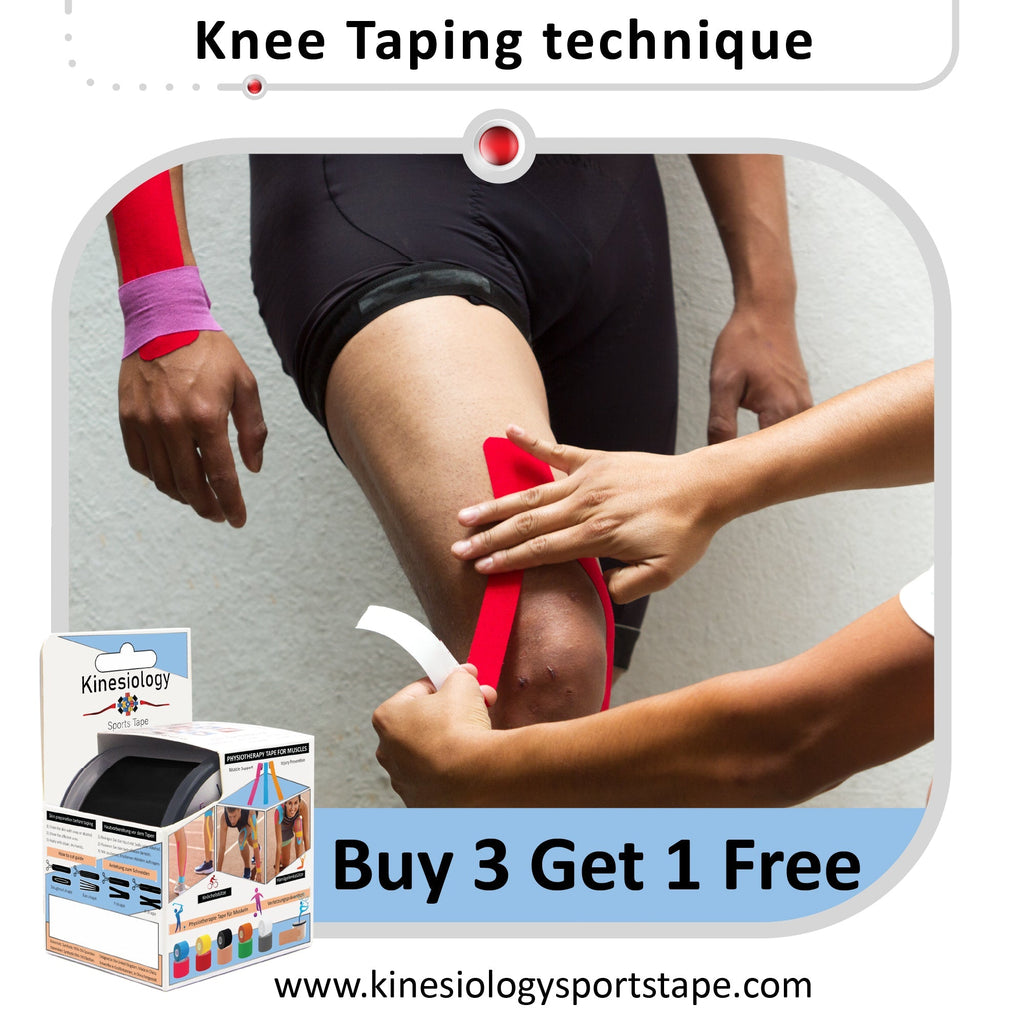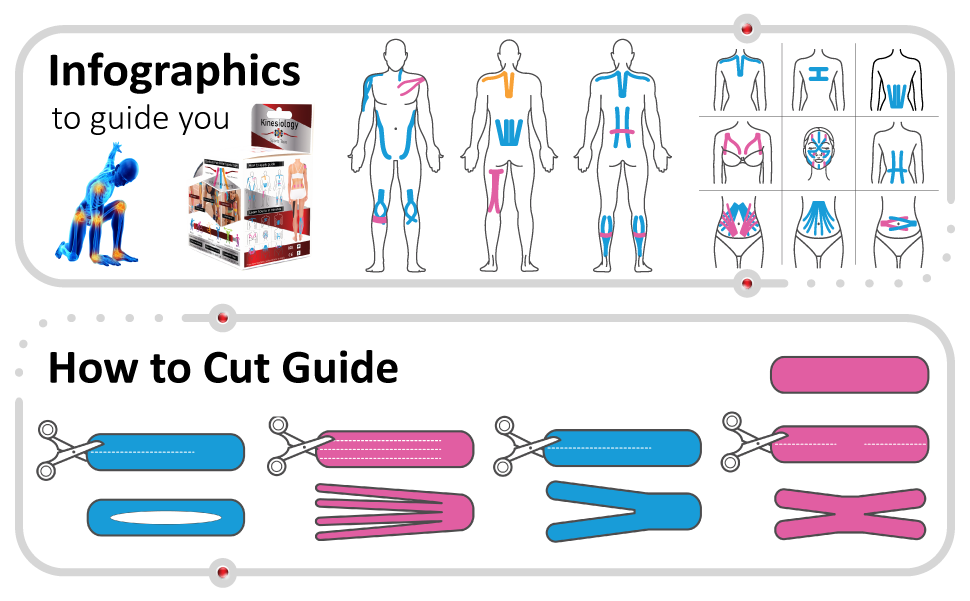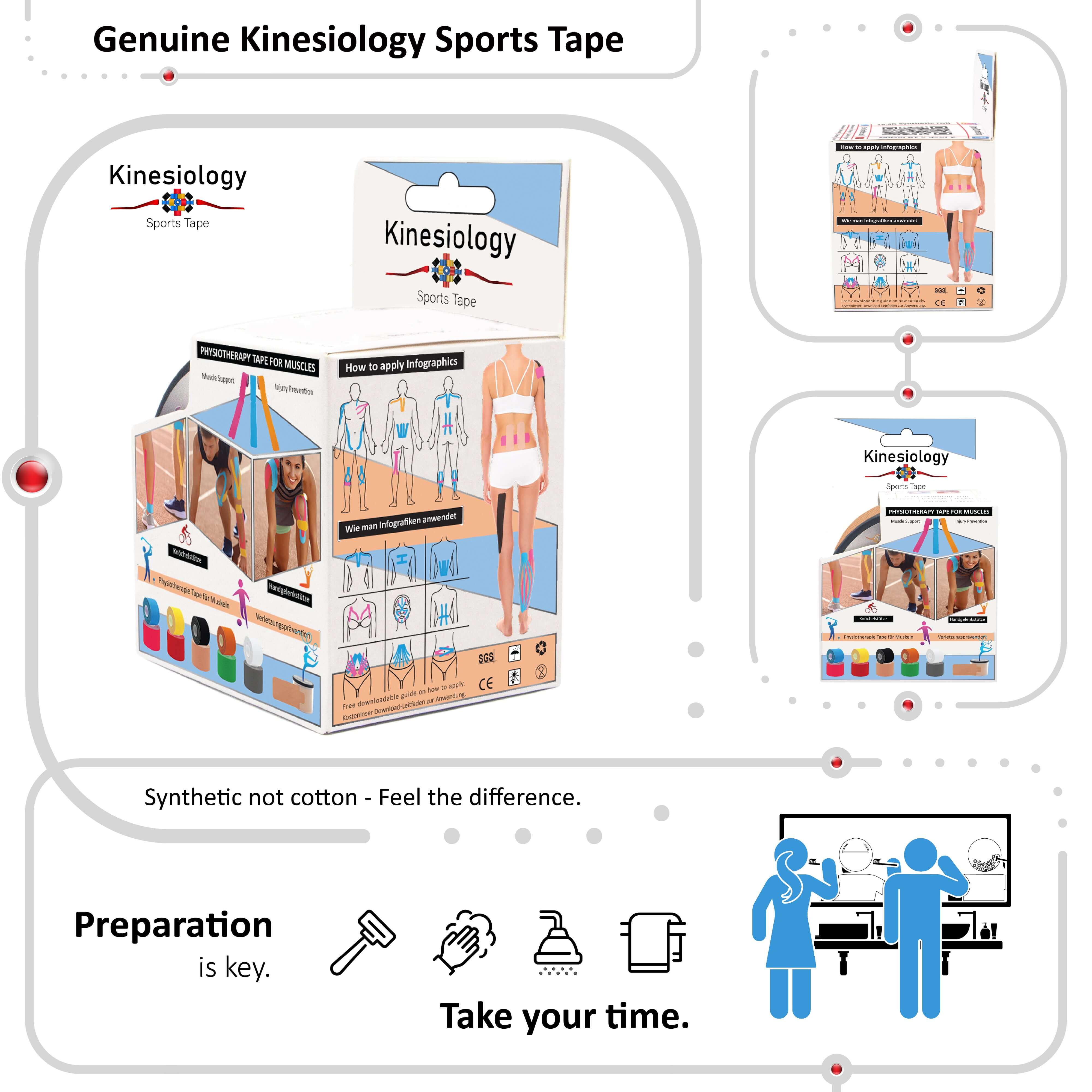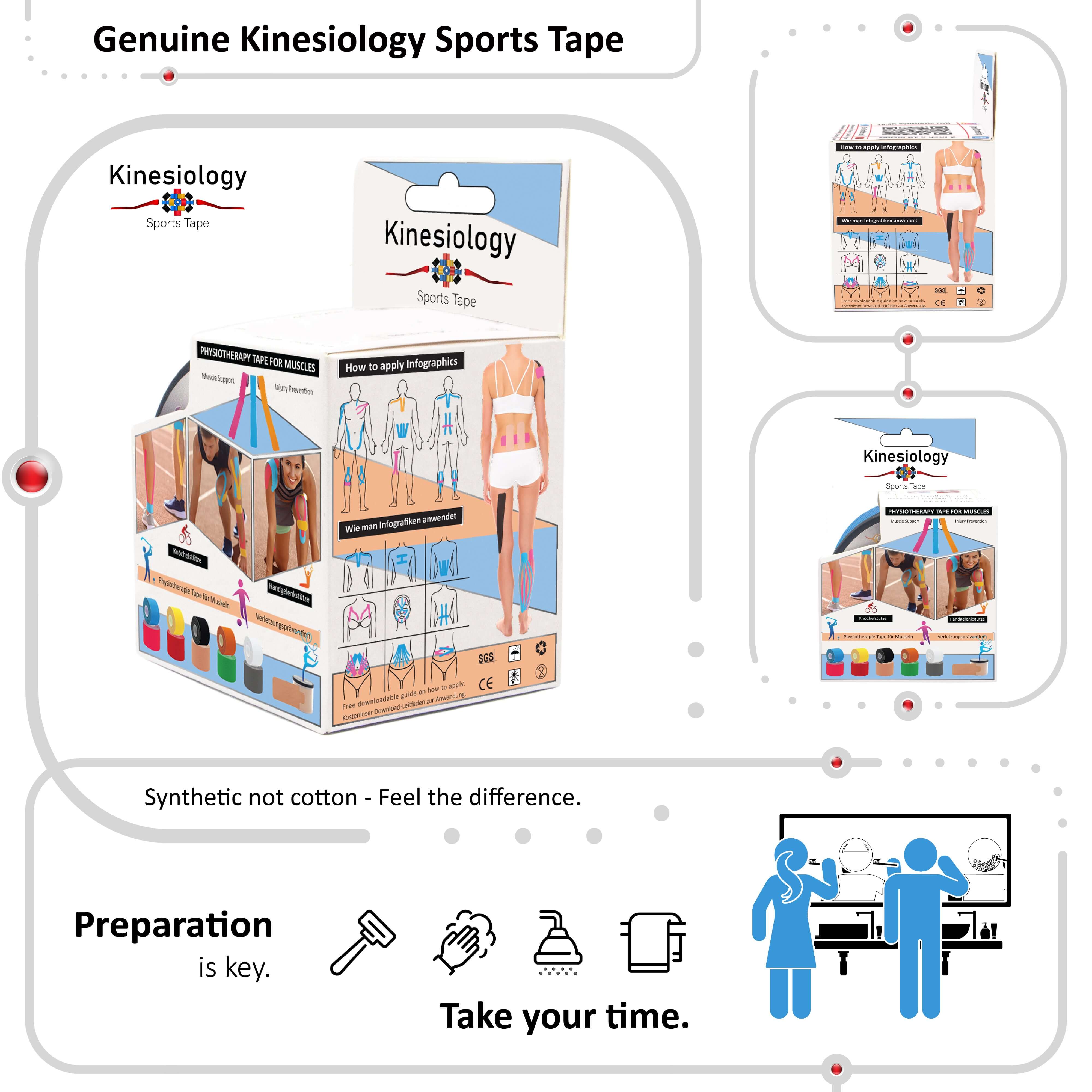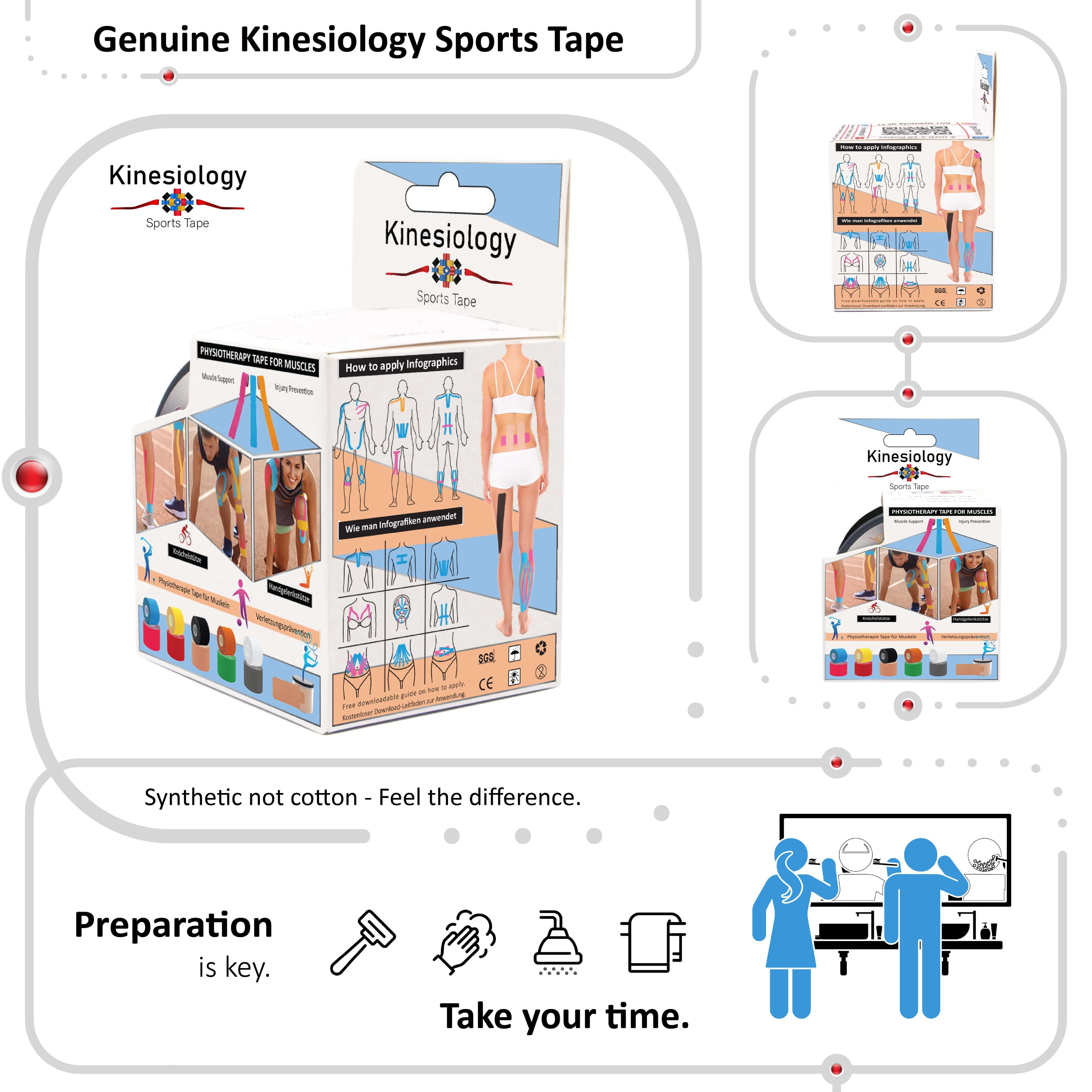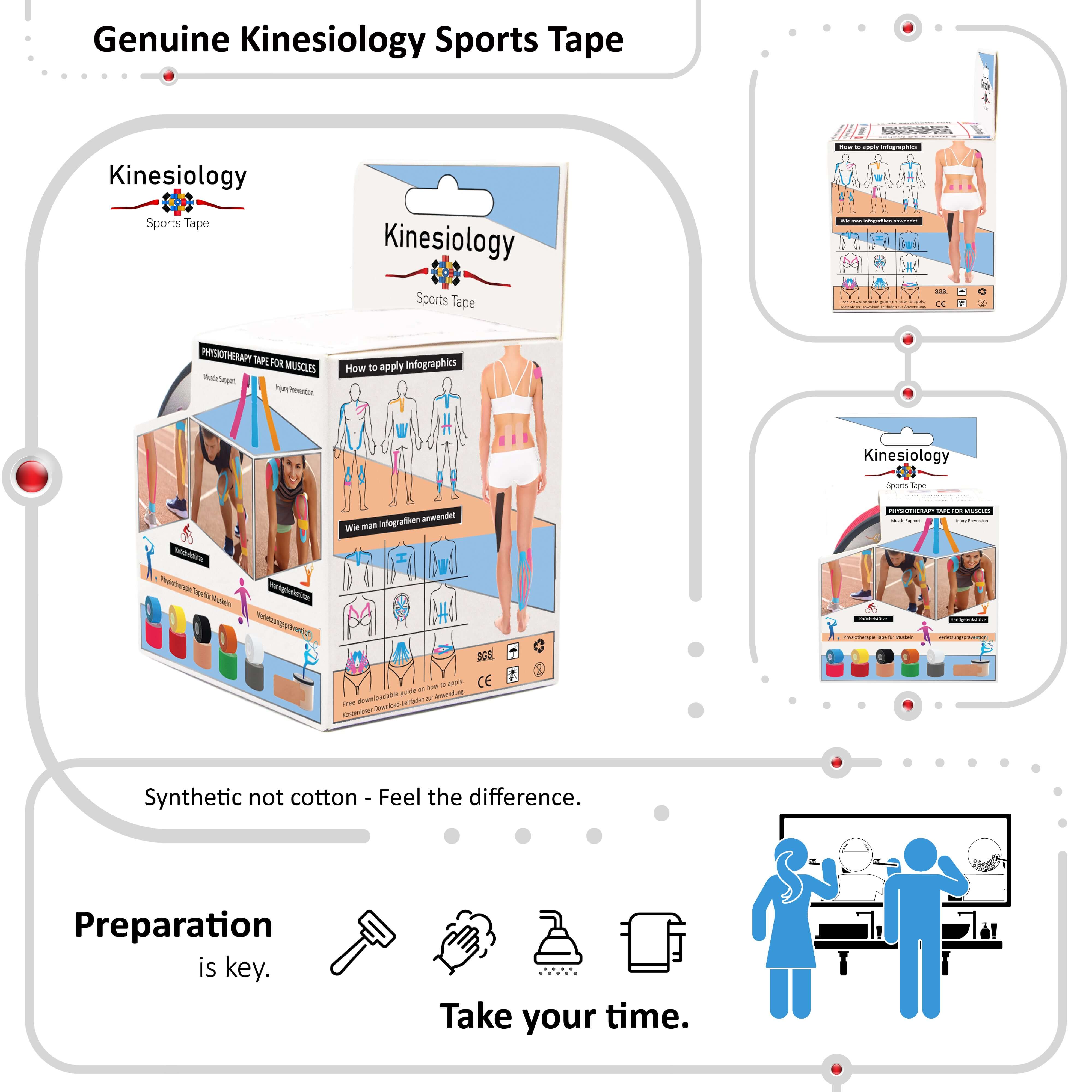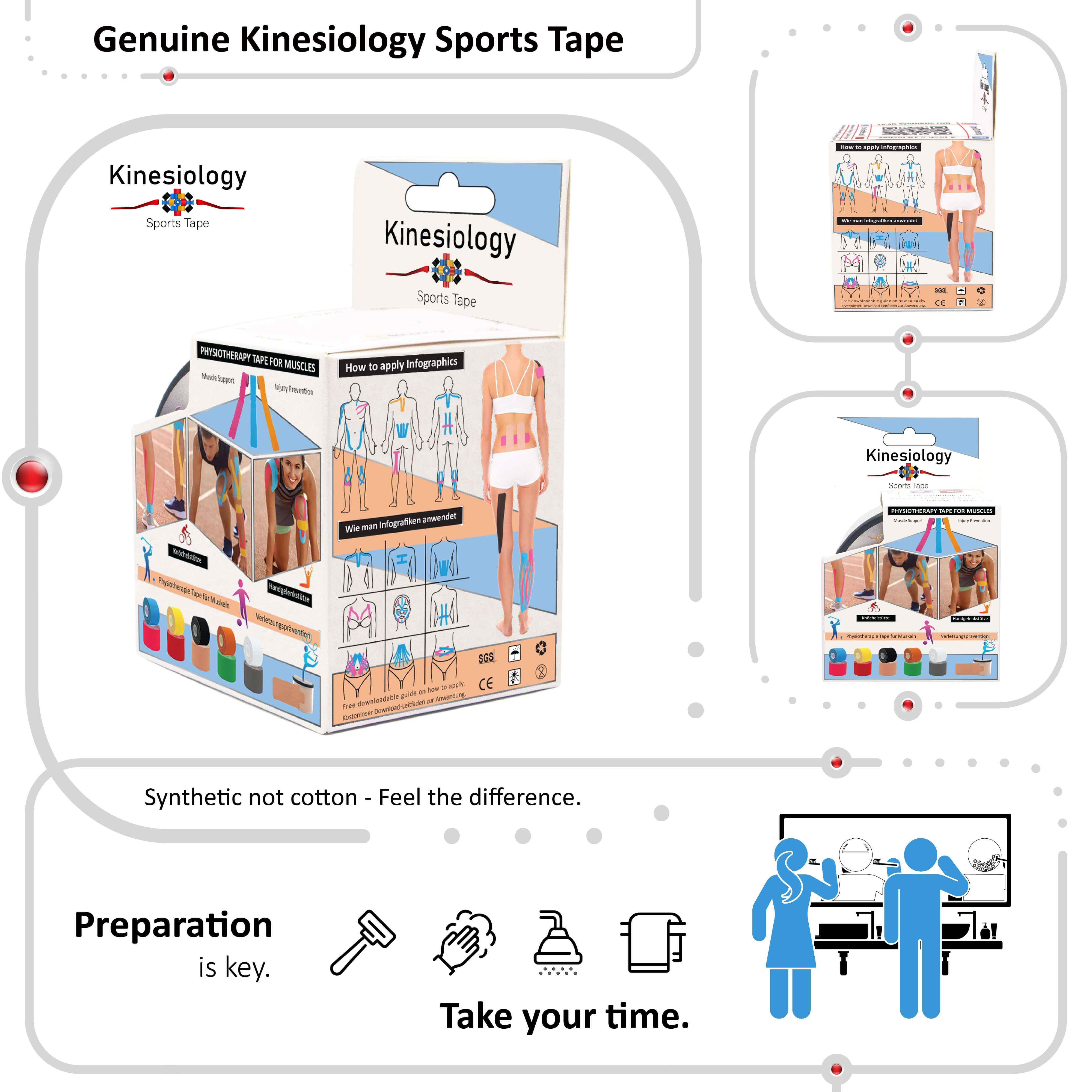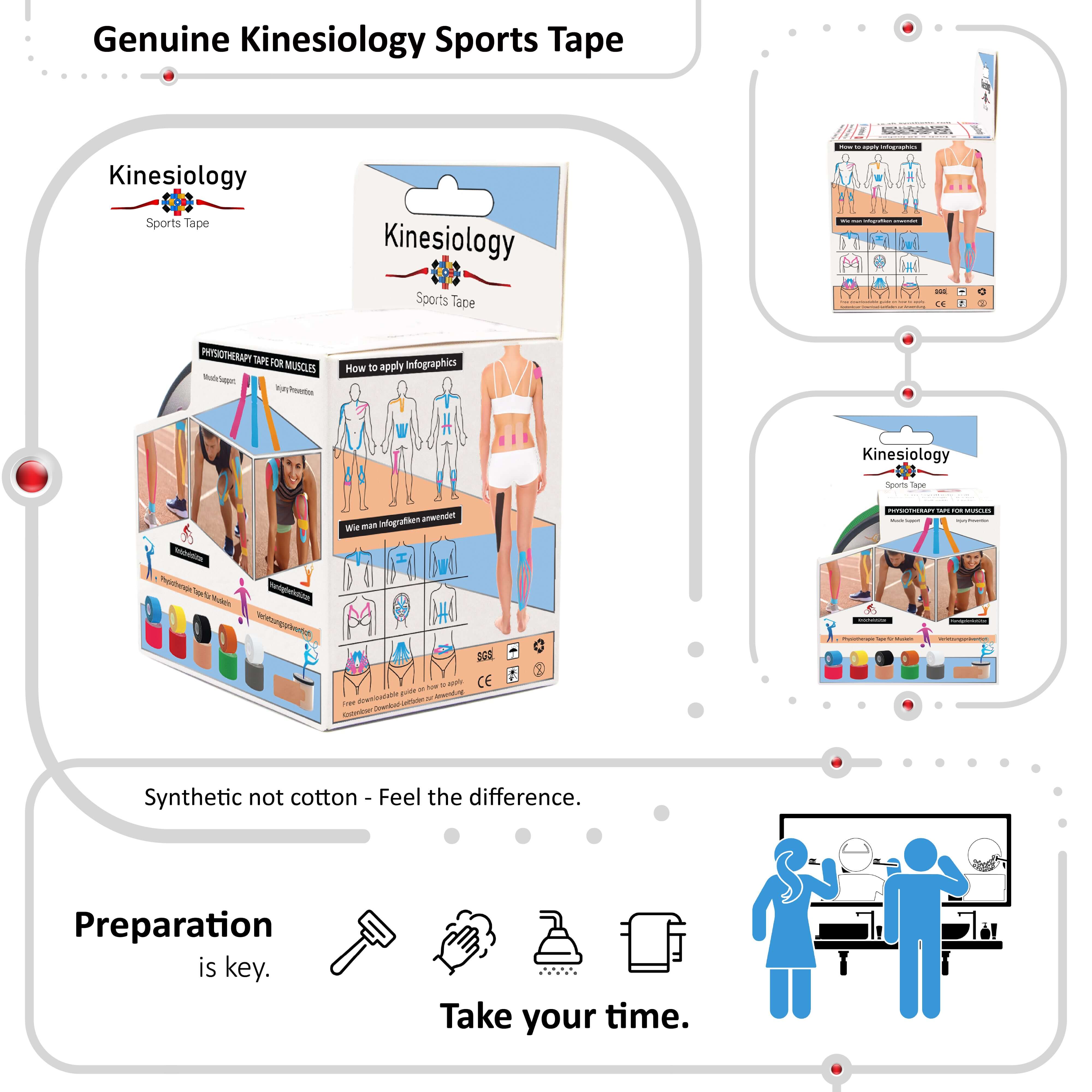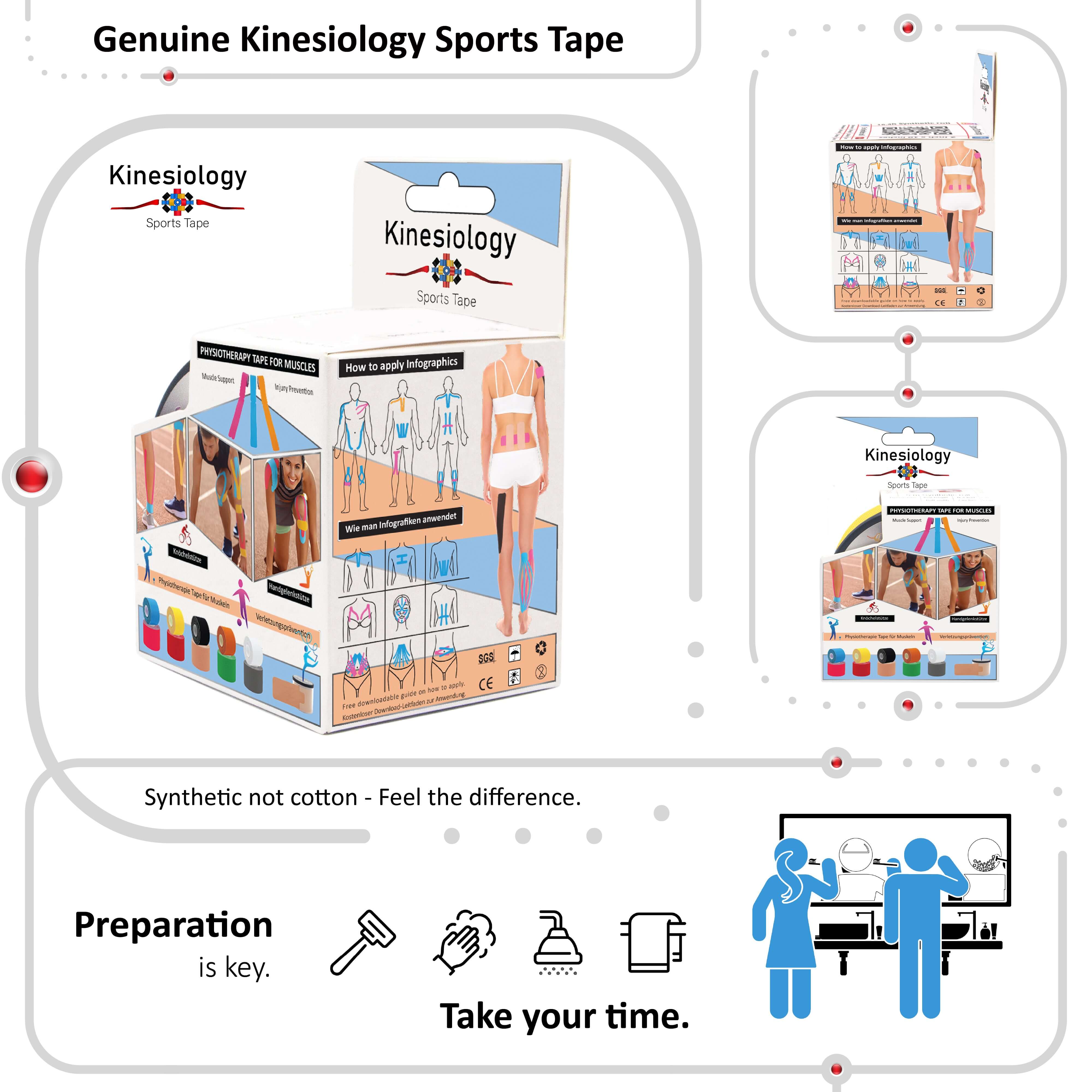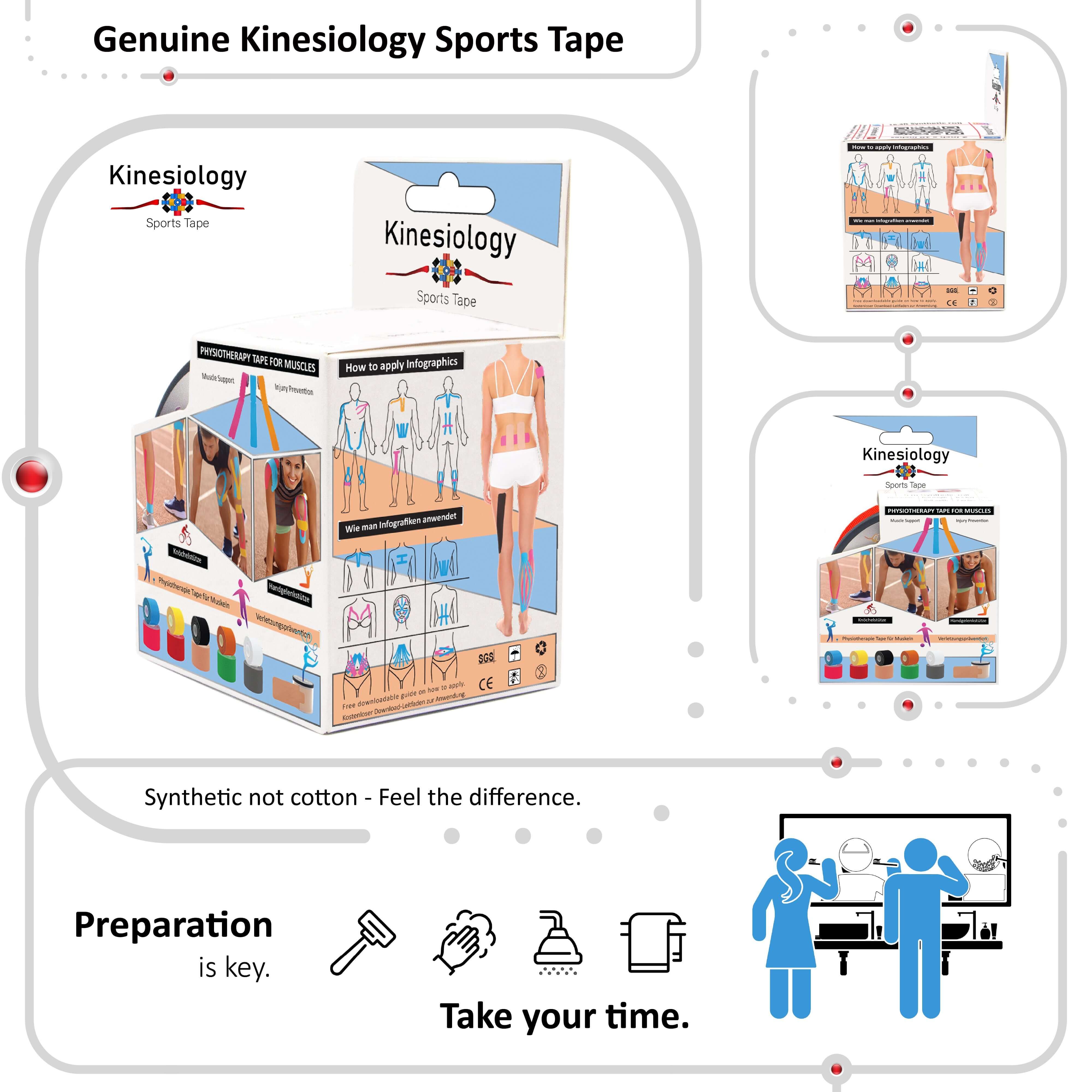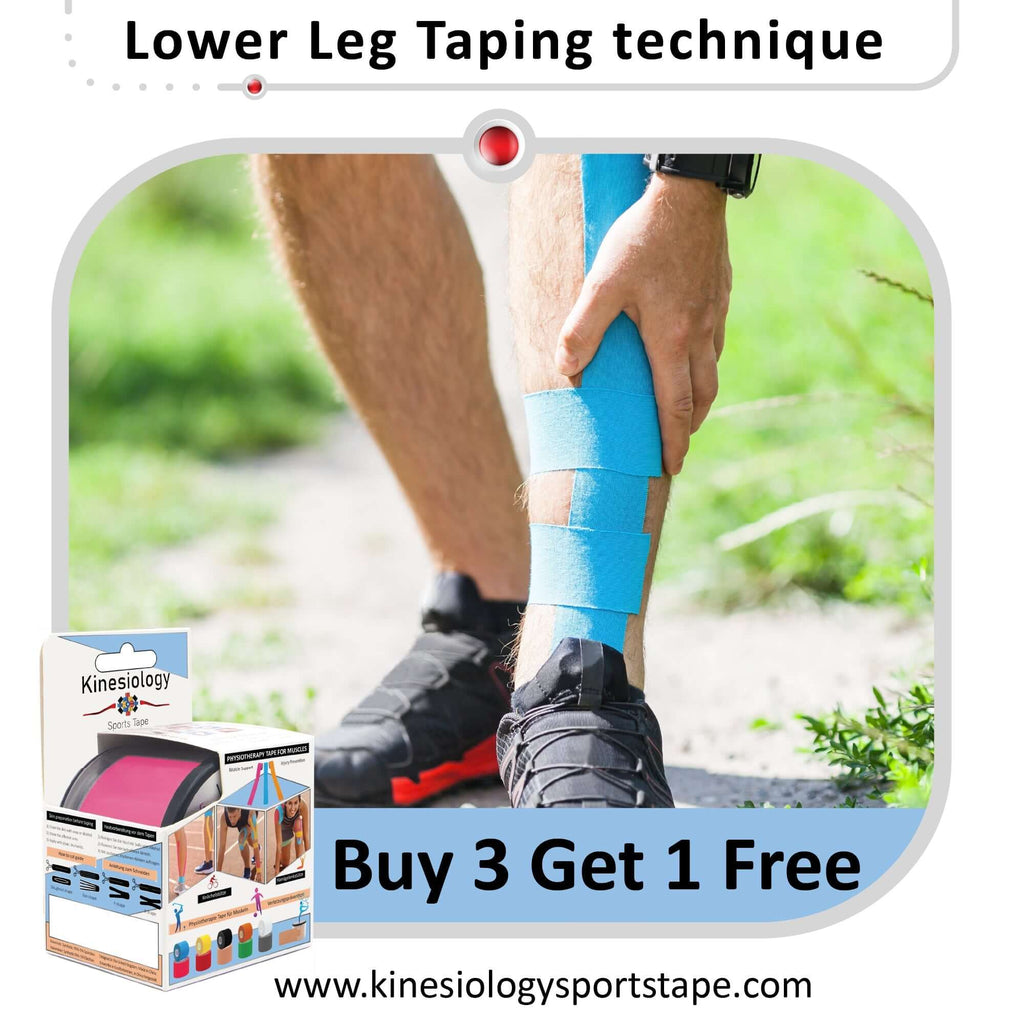
What Are Shin Splints

Shin splints – the bane of runners, a nagging ache that disrupts training and leaves you questioning every stride. But fear not, fellow fitness enthusiasts! This blog delves deep into shin splints, exploring their causes, effective treatment options, and preventive measures to keep you running strong.
Understanding the Enemy: What Are Shin Splints?
Shin splints, medically termed medial tibial stress syndrome, refer to pain along the inner edge of your shinbone (tibia). This pain arises due to inflammation of the muscles, tendons, and bone tissue around the tibia caused by repetitive stress.
Symptoms That Signal Shin Splints:
Listen to your body! Here are common signs of shin splints:
- Pain: A dull or aching pain along the inner edge of your shinbone, especially during or after exercise.
- Tenderness: Increased sensitivity to touch in the affected area.
- Discomfort: Pain that worsens with activity and may improve somewhat with rest.
Who Gets Shin Splints and Why?
While anyone can develop shin splints, certain factors increase the risk, particularly in runners:
- Rapid Training Increases: Suddenly ramping up your training intensity or distance puts undue stress on your shins.
- Improper Running Form: Inefficient running mechanics can lead to improper weight distribution and shin stress.
- Worn-Out Shoes: Shoes that lack adequate support and cushioning fail to absorb impact, increasing stress on your shins.
- Foot Biomechanics: Flat feet or high arches can alter your running form and contribute to shin splints.
Combating Shin Splints: Effective Treatment Options
Shin splints are treatable, and with the right approach, you can get back to pain-free running. Here are some key strategies:
- Rest: Take a break from running or activities that aggravate the pain. Allow your body time to heal and repair the inflamed tissues.
- Ice: Apply ice packs to the affected area for 15-20 minutes at a time, several times a day. This reduces inflammation and promotes healing.
- Compression: Wearing compression socks or sleeves can help minimize inflammation and provide support to the shins.
- Pain Medication: Over-the-counter pain relievers like ibuprofen can help manage pain and discomfort.
- Physical Therapy: A physical therapist can be a game-changer. They can assess your running form, recommend strengthening exercises to improve muscle stability, and provide stretching techniques to enhance flexibility and prevent future occurrences.
Preventing Shin Splits: Running Smart, Not Hard
Prevention is always better than cure! Here's how to keep shin splints at bay:
- Gradual Training Progression: Don't push yourself too hard, too fast. Increase your training intensity and distance gradually, by no more than 10% per week.
- Running Form Analysis: Consult a running coach or physical therapist to ensure you have proper running form. This minimizes stress on your shins and promotes efficient running technique.
- Invest in Supportive Shoes: Good quality, well-fitting running shoes are crucial. Choose shoes with adequate support and cushioning specific to your running style and foot type. Replace your shoes regularly when they show signs of wear.
- Stretching is Key: Regularly stretch your calf muscles, hamstrings, and other lower leg muscles. Improved flexibility reduces stress on your shins and allows for a wider range of motion during running.
When to Seek Professional Help:
If your shin splints persist despite rest and self-care for more than a few weeks, or if the pain is severe, consult a doctor. They can rule out other underlying medical conditions and recommend appropriate treatment options.
Running Pain-Free: The Takeaway
Shin splints are a common hurdle for runners, but with proper knowledge and action, they are definitely beatable. By understanding the causes, implementing effective treatment strategies, and adopting preventive measures, you can overcome shin splints and get back to enjoying pain-free runs. Remember, listen to your body, prioritize proper form and training progression, and invest in supportive shoes. With these steps, you'll be back on track to conquering those miles, one powerful stride at a time!


